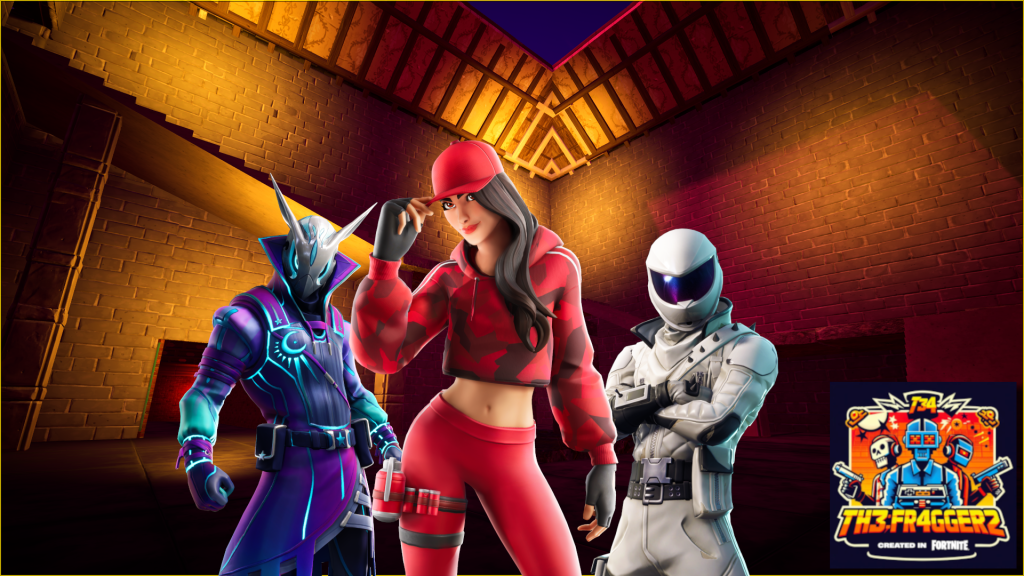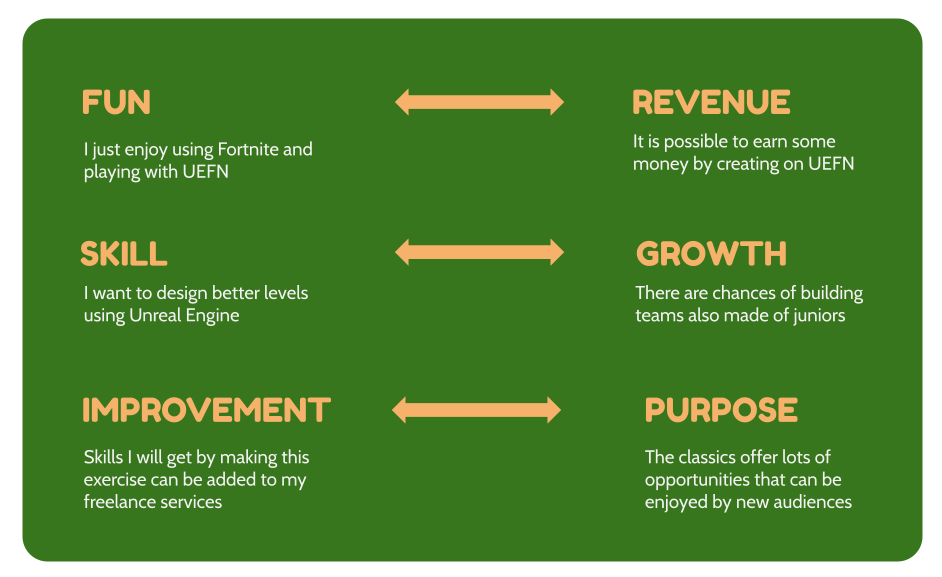I remember staying in a very big room watching cartoons. My mother was cooking, but she was aware of what I was looking at. The story of a young kid with a monkey tail and a stick that extended at request. He seemed unaware of Bulma’s curves. “What are you looking at, Paolo?” said my mother.
Many years later, that room looks smaller. My mother still remembers Dragon Ball. I don’t think I understood the storyline at that time. I just enjoyed the visuals and colors. Everything was so rounded, as well as vehicles. That character was similar to me, he was a little kid but so strong. He wasn’t interested in adult things, just in his quest for dragon balls.
Years later I was buying my first manga comics, one of my favorites was Arale. The creativity was shaping in my mind also with these things. Today I am a game designer and I ask myself: would I be a creator without the existence of Toriyama-sensei?
I don’t think so. God bless you, Akira.


